The process of housekeeping always resembles a battlefield - of course, you can’t do without your “military tricks” here. Ironing men's clothing falls into this category. You can try to achieve perfection dozens of times, but it’s hard to do without small and very important life hacks.

What is better to iron?
First of all, you need to very carefully approach the choice of means to achieve the goal. Of course, professionals in this field can easily cope with the task, even holding an old coal apparatus in their hands. But there is nothing left for modern housewives, how to iron the collar with much more modern devices.
Just two decades ago, the question of how to stroke a man’s shirt was not quite acute. At the disposal of the hostess was a classic wired electric iron, with which she carried out all types of work. Today the situation is fundamentally different. Children's, women's, men's wardrobe items are no longer produced from heat-resistant cotton, but from a variety of mixed fabrics, and not all of them have the advantage of being easy to iron. That is why several types of electronic devices are usually present in the arsenal of a modern hostess at once.
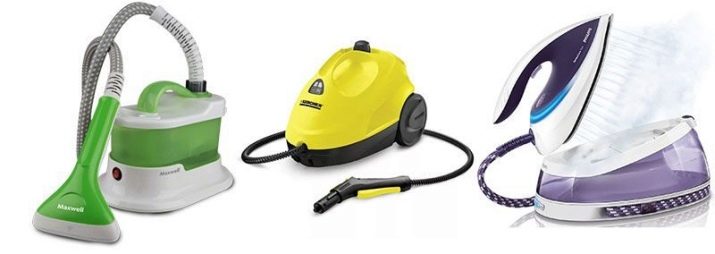
Among them, a number of interesting devices can be distinguished.
- Iron. It differs from its cast-iron prototype in much the same way as a modern sports car from a cart with a horse as a traction force. First of all, you need to pay attention to the sole - metal (aluminum, steel) options today are implemented with a Teflon coating. In addition, models with a ceramic platform are also popular.Among the options, steaming, a water sprinkler, and a temperature regulator are considered mandatory.
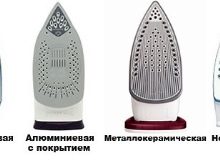
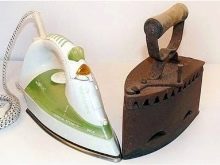
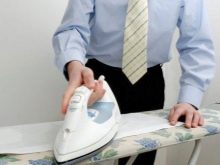
- Steam generator. The device works in a horizontal plane, has a sole with an increased working surface area, constantly delivers steam through special holes. High power and intensity of processing makes this device indispensable when working with fabrics that allow steaming. It should be noted that if the steam is irradiated by means of moisture evaporation in the iron, then exclusively dry steam is generated.
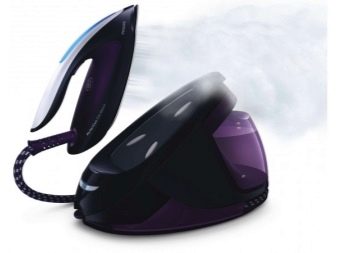

- Steamer. The device works with hot steam and is convenient in everyday use. Its main purpose is to put in order heavy items of clothing made of thick fabric. Due to the presence of vertical “shoulders”, the design is suitable for processing coats, suits, jackets. With the help of the device, the ingrained smell of tobacco is easily eliminated, other aromas, strong creases and folds are removed.
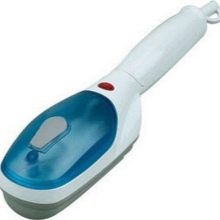

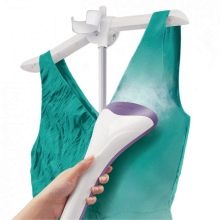
- Steamboat. It is used mainly in professional ateliers and laundries. With it, you can easily maintain shirts, shirts, men's jackets and vests in order. It costs a robotic steam manikin quite expensive, but with its help you can provide a really high level of quality processing of the fabric. Even the most complex and obvious creases are smoothed out.
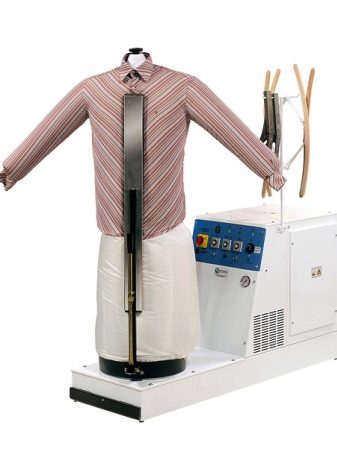
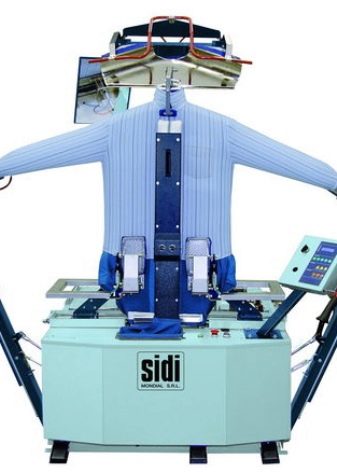
Ironing mode by fabric type
When ironing, do not forget that cotton, linen and other materials are put in order at the temperature recommended by the manufacturer. With care, you need to iron stretch, silk and chiffon textile products.
In the absence of accurate data on the composition of the fabric, smoothing of matter should begin with a minimum temperature. Proper heating will allow the sole to glide easily and smoothly over the surface of the fabric. As soon as advancement is hindered, the process must be interrupted, the heating temperature reduced. The standard parameters for the heating intensity have the following international designations:
- one point on the controller indicates the temperature range within 110 degrees;
- two points correspond to indicators of 150 degrees;
- three points coincide with a value of 200 degrees.
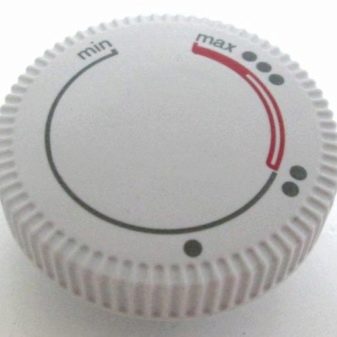
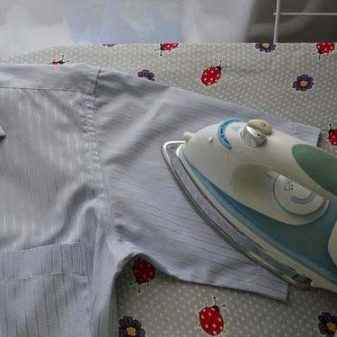
Type of fabric | Recommended temperature conditions (in degrees Celsius) | The need for steam | Platform Pressure Intensity | Additional recommendations |
Cotton | from 140 to 170 | yes, wet steaming recommended | intense | additional wetting of matter is required |
Mixed based on cotton and polyester | 110 | there is a minimum amount | without features | additional moisturizing possible |
Silk | 60-80 | is absent | standard | iron without evaporation, avoid moisture, using a dampened cotton cloth |
Chiffon | no more than 80 | is absent | with minimal pressure | eliminate moisture dispersion; ironing only through a cotton cloth dampened with water |
Cotton-free polyester | up to 80 | is absent | with minimal pressure | dry iron, with strict adherence to maximum heating of the sole |
Rayon Rayon | 120 | minimum volume | without features | ironing only from the inside, without wetting with a spray gun |
Cotton with a reaped texture | 110 | is absent | standard | taking into account the composition and impurities |
Knitwear | taking into account the composition in the range of 110-150 degrees | vertical steaming recommended | without strong pressure | ironing from the inside, against the direction of the loops |
Wool | 110-120 | recommended by | with minimal pressure | subjects with large embossed viscous steaming, flat - ironed through a damp cotton cloth |
Linen with cotton | 180 | intensive steaming recommended | intense pressure recommended | on the wrong side, with pre-wetting |
Linen | up to 200 | intense steam | strong pressure | moisturize, be sure to work from the inside out |
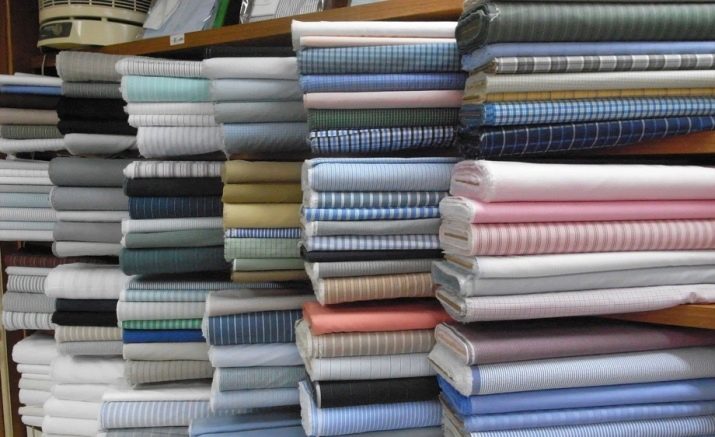
It's not enough just to have a high-quality iron, steamer or steam generator - you also need to pay attention to how effective the work done will be. And it depends on compliance with many rules. Features of the process
How to iron? For products with long sleeves, it is quite simple to follow certain rules.
- The first should be ironed double and small elements.
- The shirt is placed with a collar on the surface of the ironing board. The top should be the wrong side. Iron the fabric from the corners. Around buttons and loops should be smoothed out especially carefully.
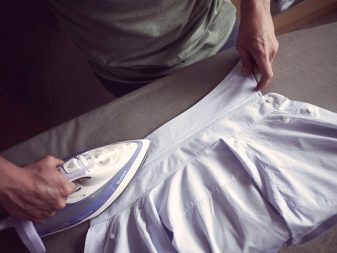
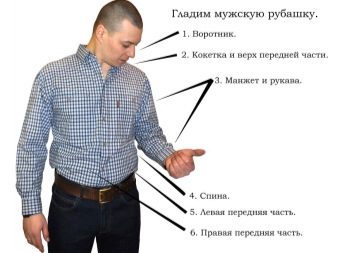
After processing the inside, the part is ironed on the front side, with the rack ironed. Poorly smoothed fabrics are steamed. Upon completion of the manipulations, the collar is unbent along the line of connection with the stand with a margin of 5 mm, ironed.
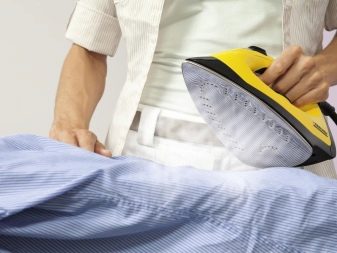

Sleeve part
Smoothing should begin with cuffs. They are laid out on the board from the inside. They are ironed from the corners to the central part, inside out - from the center to the corners to avoid wrinkles.
On the front side, you must pay attention to the connection of the cuff and the sleeve part. The sleeve after ironing small parts needs to be laid out on the surface of the board, placing the seam in the center. You need to iron, without reaching the cuffs, with a stretch, without smoothing the edges. At the end of the procedure, the sleeve is turned and ironed on the side. With the help of the sleeve, the fastener area and the sleeve fit to the cuff are ironed.
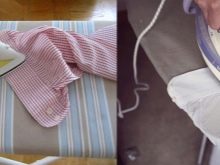
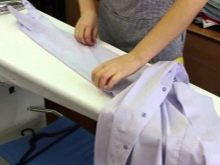
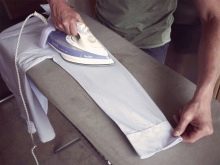
Shoulder and coquette area
To iron this area, the shirt is located on the board with its narrow edge. The fabric needs to be carefully spread. The collar is located on top of the board. The shoulders and yoke are stroked while holding the sole parallel to the stance. Joint seams are ironed at the end.
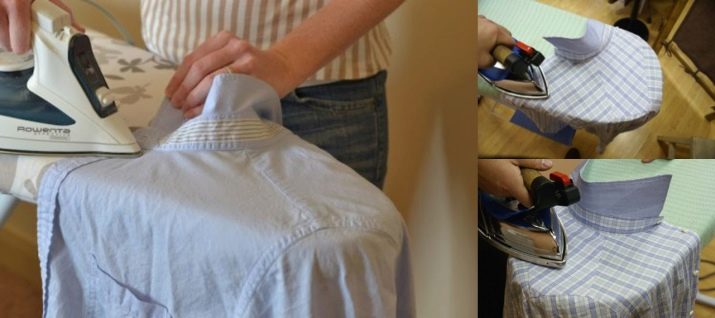
Backrest with shelves
Side shelves are laid out on the board from its narrow part. First, the surface with buttons is processed - you can start from the wrong side. From bottom to top, the space located between the buttons is ironed. Then the seam at the collar is processed, after which the sole is led with a blunt end forward.
After that, the shirt moves, the side seam and armhole are ironed. From here you need to move to the yoke, back, the suture parts are slightly stretched. The left shelf with loops is ironed last.
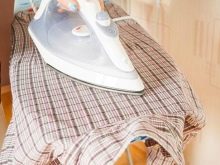
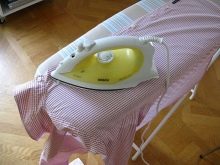
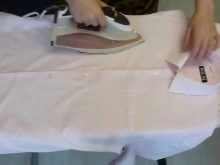
- The ironed shirt is sent to the shoulders, fastened on the top button.
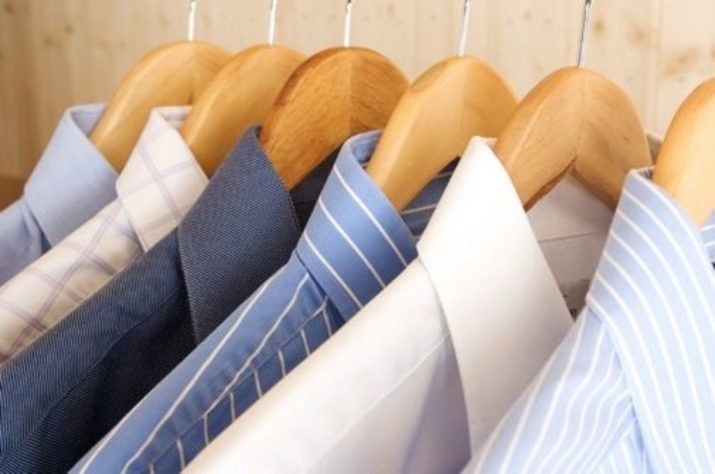
How to stroke quickly?
To iron your shirt quickly, especially when you regularly need this option, it’s best to get a steam generator right away. But this method will be relevant only when using fabrics that allow the use of steam. To facilitate and speed up the process, it is worth drying the products in a straightened form, ironing them slightly moist.

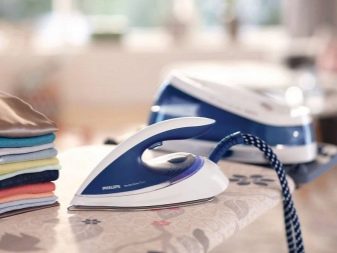
Features of ironing a white shirt
If a white shirt needs to be smoothed out after purchase or washing, then it is necessary to pay attention to the cleanliness of the platform. Any dirt on the sole, especially when choosing the wrong thermoregulation mode, will remain on the fabric.
You can check if the matter gets dirty, having previously ironed the white napkin. When moisturizing, the use of hard water should be avoided - you need to choose distilled or softened liquid. The cleanliness of the case also matters. If in doubt, it is imperative to spread pure matter.
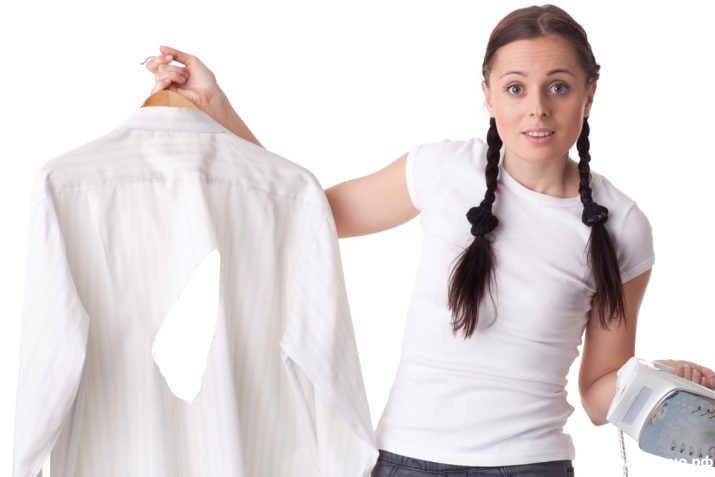
Which side to iron?
Most fabrics need to be ironed from the wrong side in order to avoid a possible violation of the external attractiveness of the front side. Cuffs and turn-down collars require special attention - here the front side is ironed separately.
How to iron a sleeveless shirt?
Shirts without sleeves, more precisely, with a shortened sleeve, are a popular textile product and are often worn in the summer. In addition, there are also options for cutting a “polo” with a fastener up to the middle of the chest. Collar in stand-up and turn-down products. When ironing such products, you need to follow a certain procedure.
- Turn the product inside out - this will avoid fading textiles.
- Pull the polo over the free edge of the board.
- Turning sequentially, iron the side seams, the back and front.
- Using the sleeve, you need to smooth the sleeves. The seams of the armhole are ironed especially carefully.
- The collar is recommended to starch with a spray. Processing is done from the inside out. For the collar to stand, the concentration of the product should be quite high. Prepare the solution before using it.
- The back of the collar is ironed from the fastener bar, then the back part is ironed. It is also treated on the front side. The product is ironed at the end along the line of connection with the rack.
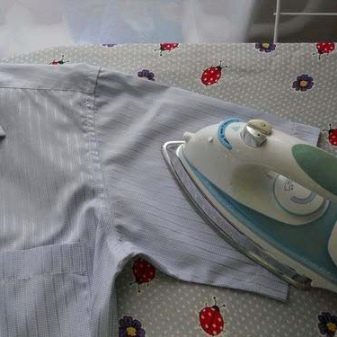
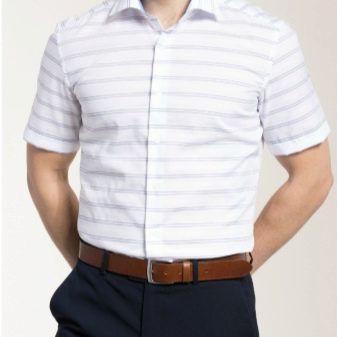
Important Rules
There are certain rules associated with ironing shirts at home. For example, you must make sure that the item being ironed is clean. Even uncleaned wardrobe items worn at least once should not be ironed.
When choosing an iron, you should pay attention to models with a narrow nose and a built-in steam generator. Ironing board must be selected with a separate arm liner.
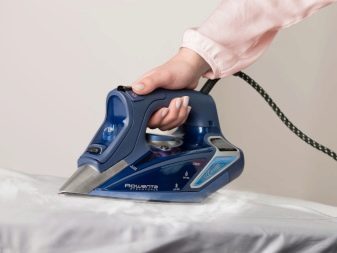
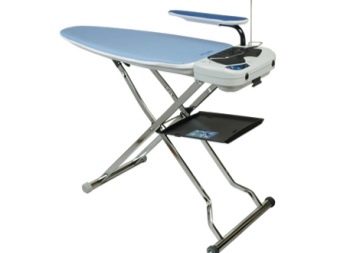
If there are prints and stripes on the shirts, they should be ironed separately, but only on the wrong side.
How to iron without iron and board?
It is quite possible to do without an ironing board and even an iron if you use simple and clear rules. For example, you can put the product on the table, after sprinkling it with water. Shelves and sleeves are carefully straightened. The fabric should be slightly stretched before drying. You can use a hairdryer while drying.
Another way to quickly iron without an iron and steamer will require access to the bathroom. In addition, you will need to use a coat hanger. The shirt hung on them is placed in the space of the bathroom, where hot water is included. The rising steam will produce a magical effect - crumpled matter will smooth out.
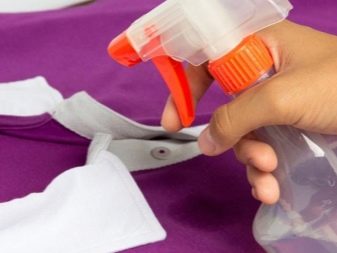
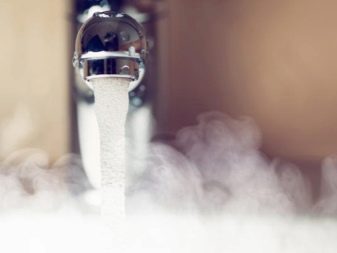
Useful Tips
You need to pay attention to useful tips that can make ironing a lot easier.
If the shirt is poorly ironed, it is worth using small tricks. You need to moisten the material with a spray or turn on the steam. It will be easy to iron the shirt if you use a special conditioning agent during washing.

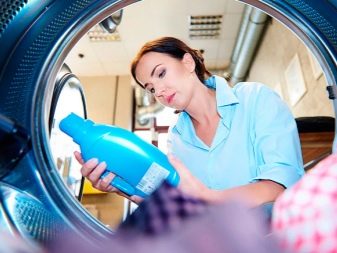
Choosing the perfect solution is worth considering the type of matter. After the conditioner, it will be much easier to steam the fabric. This simple secret will help make the ironing problem less acute.
- To starch a textile product, previously used a sophisticated technology of impregnation of fabric. Today, such a tool as starch will simplify ironing. It is enough to purchase it in a special spray bottle. To facilitate the processing of fabrics from poplin, denim, cotton and linen, spray is enough to apply to the surface before ironing.
- After washing, it is worth drying the shirt using the shoulders - hangers with wide and stiff slats. In addition, it is necessary to smooth and straighten matter.
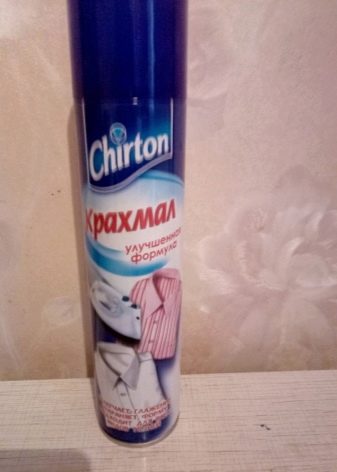
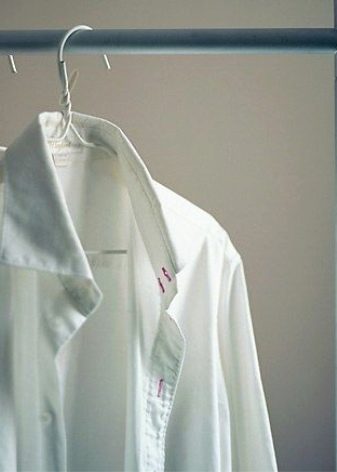
A woman who knows exactly how to iron shirts quickly, correctly and even without an iron will certainly not fall into the category of those for whom household work is hard work and real duty. For a man, the experience of putting his own clothes in order is completely priceless. In this case, he simply will not have a chance to remain untidy at an important and difficult moment in his life - on a business trip, on vacation, with a power outage or the next morning after a stormy party.
Whatever the motives, in any case, such an experience will be very relevant for each owner of an impressive business wardrobe.
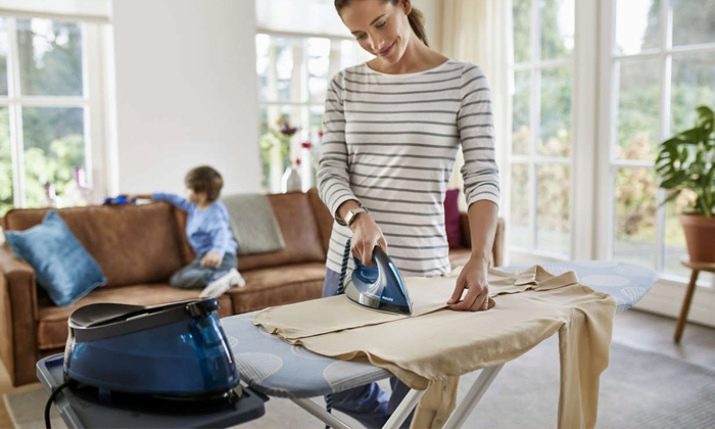
A master class on how to iron your shirt, see the next video.










